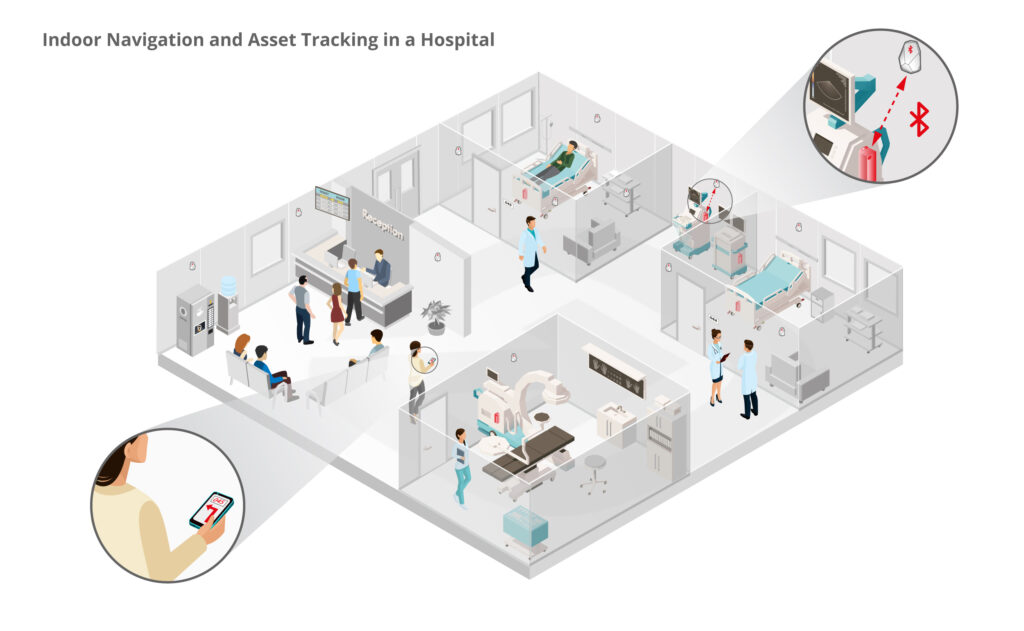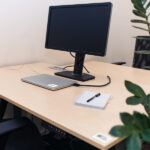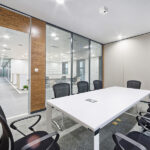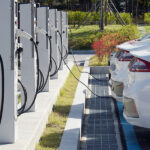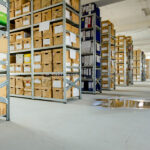In a large clinic, certain medical devices such as a mobile X-ray machine can be located via indoor positioning. Visitors and patients benefit from indoor navigation.
AT A GLANCE
client-based solution (smartphone app):
- 2D/3D building maps
- indoor navigation for patients, visitors and employees
server-based solution:
- localization of mobile medical equipment
- personalized information (e.g. treatment schedules)
PROBLEM DEFINITION
A large clinic has numerous departments on several hundred thousand square meters. The departments share certain medical equipment, such as a mobile X-ray machine, on the one hand, and each department has its own special equipment that is to remain in the ward. If a mobile X-ray machine is needed, the staff has to call all other departments because the existing rent list is not carefully maintained. The devices that are supposed to remain in a department are also often not found, as they leave the designated area by theft or accident. Due to the complexity of the building complex, patients and new employees also have problems with orientation, the waiting areas are overcrowded. As a result, patients have to wait several hours for an appointment.
SOLUTION
The medical equipment is tracked by indoor position determination. All employees have access to the current location via app or browser application. If a device is not to leave a certain area, a message is triggered for this case.
A visitor app for the smartphone contains a clear 2D or 3D map for indoor navigation as well as an integrated calendar. This calendar reminds the patient of treatment appointments in good time and also takes care of the patient’s route. If an appointment is postponed, he or she will receive a notification – this shortens waiting times for all parties involved.
TECHNICAL IMPLEMENTATION
Because it is a large area, on which relatively few objects are to be tracked, infsoft LoRa/BLE tags are used. These battery-operated hardware components are attached to the devices to be tracked. The position is determined via a network of BLE beacons distributed evenly throughout the building.
The tags receive the Bluetooth signals and send the data to the infsoft LocAware platform®. Here the position is calculated and provided via Web Services. Via an app or a browser application, employees have access to the data and can see the location of the device on a map. Using infsoft Tracking, the LoRa tags are assigned further attributes such as device type, inventory number and technical characteristics, which can also be searched for.
The BLE beacons are also used independently for precise indoor navigation for employees, visitors and patients. Possible features include turn-by-turn navigation, booking telephone cards and meals and a reminder function for examinations and appointments. The Beacon Management Platform monitors battery status to facilitate maintenance.
The advantage of using LoRaWAN for data transfer is the problem-free and above all wireless installation of LoRa/BLE tags in the infrastructure. There is no need for a power supply or individual connection via Ethernet or WLAN. The hardware is battery-powered (> 1 year) and has a long-range. Since no real-time information is required, LoRa’s typical latency times of 30 seconds to 5 minutes are no problem.

